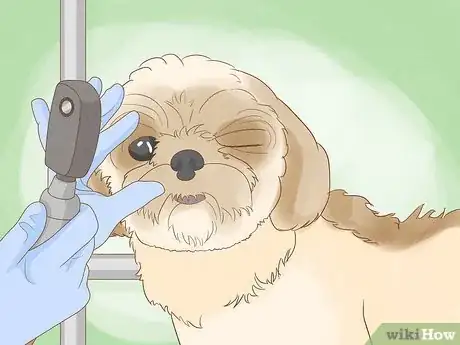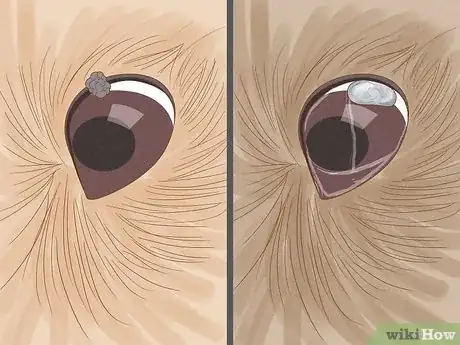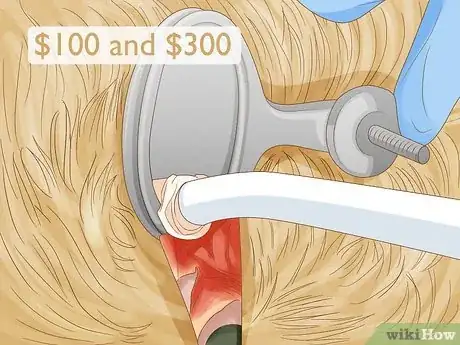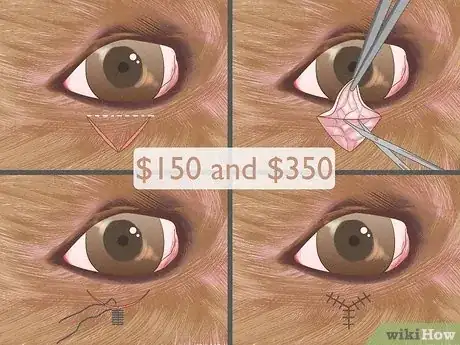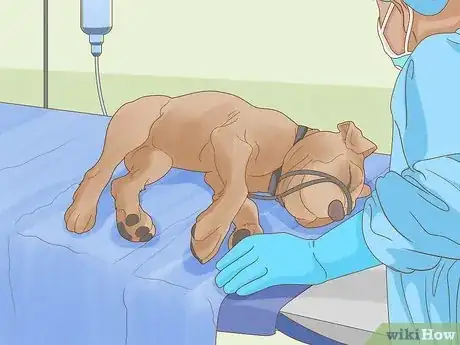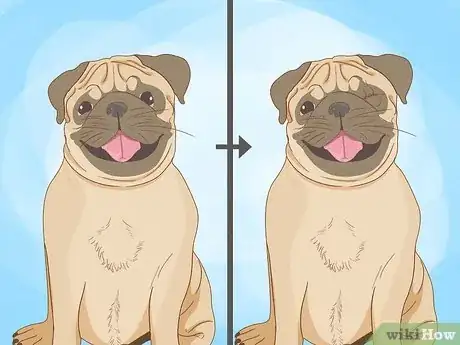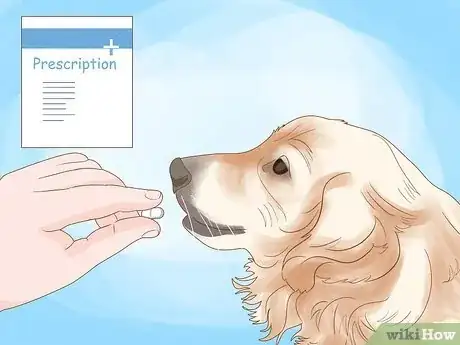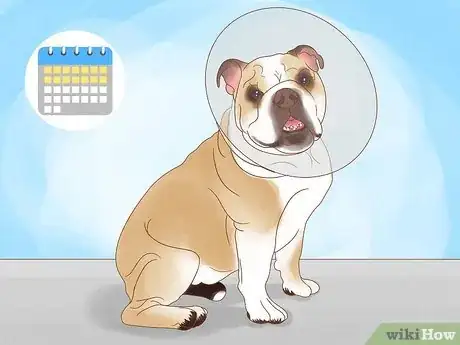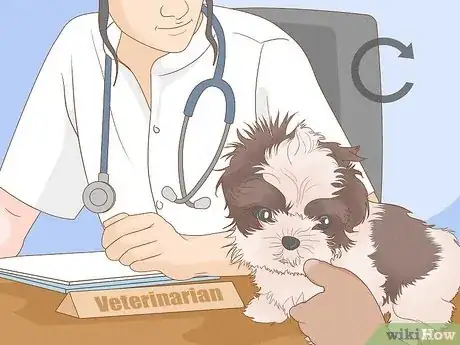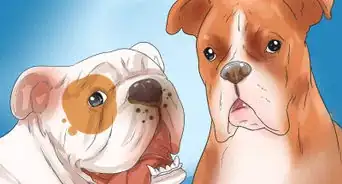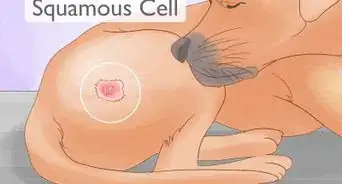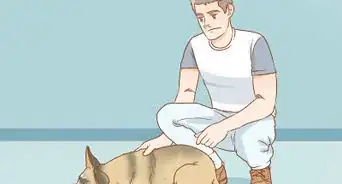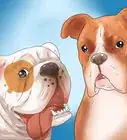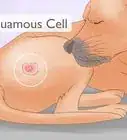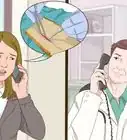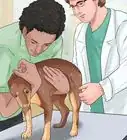This article was co-authored by Jamie Freyer, DVM and by wikiHow staff writer, Madeleine Criglow. Dr. Jamie Freyer is a Licensed Doctor of Veterinary Medicine based in Washington. With over ten years of experience in clinical practice and industry, she specializes in veterinary medicine and surgery, animal behavior, and animal genetics. Dr. Freyer holds a BS in Life Science from The University of Portland and a DVM from Oregon State University.
There are 8 references cited in this article, which can be found at the bottom of the page.
This article has been viewed 11,350 times.
Notice a small lump on your dog's eyelid? Eyelid growths are typically benign or malignant tumors located on the upper or lower eyelid. Though these can be alarming to spot, most eyelid tumors are 100% curable with the right treatment. Keep reading to learn about when to see a vet, the different types of eyelid growths in dogs, and all of your dog's treatment options. We'll also cover post-op care to help your pup make a speedy recovery in the event that it needs surgery
Steps
Warnings
- Avoid treating growths on a dog's eyelid without the help of a veterinarian. Though some sites may recommend natural treatment, it's important to take your dog to the vet to get an accurate diagnosis and proper treatment plan.⧼thumbs_response⧽
- If you notice an ulcer or something that has irritated the dog's eye, with discharge and redness involved, it's best to take the animal to the vet. It might not be a growth, but it still warrants close inspection and professional treatment.⧼thumbs_response⧽
References
- ↑ https://www.merckvetmanual.com/dog-owners/eye-disorders-of-dogs/cancers-and-tumors-of-the-eye-in-dogs
- ↑ https://animalvisionseattle.com/wp-content/uploads/2021/05/Eyelid-Mass-Handout-Website-PDF-1.pdf
- ↑ https://www.merckvetmanual.com/dog-owners/eye-disorders-of-dogs/cancers-and-tumors-of-the-eye-in-dogs
- ↑ https://animalvisionseattle.com/wp-content/uploads/2021/05/Eyelid-Mass-Handout-Website-PDF-1.pdf
- ↑ https://animalvisionseattle.com/wp-content/uploads/2021/05/Eyelid-Mass-Handout-Website-PDF-1.pdf
- ↑ https://vcahospitals.com/know-your-pet/cryosurgery-in-dogs
- ↑ https://animalvisionseattle.com/wp-content/uploads/2021/05/Eyelid-Mass-Handout-Website-PDF-1.pdf
- ↑ https://www.bestiepaws.com/dog/dog-eyelid-tumor-removal-cost/
- ↑ https://www.akc.org/expert-advice/health/chemotherapy-for-dogs-with-cancer/
- ↑ https://www.vet.cornell.edu/departments-centers-and-institutes/sprecher-institute-comparative-cancer-research/cancer-care-cuha/cancer-management-frequently-asked-questions
- ↑ https://veterinarypartner.vin.com/default.aspx?pid=19239&id=4951449
- ↑ https://veterinarypartner.vin.com/default.aspx?pid=19239&id=4951449
- ↑ https://www.acvo.org/tips-treatments-tricks/54r94fwbztl3l6b36yx8mhfzr577gr?rq=elizabethan%20collar
- ↑ https://veterinarypartner.vin.com/default.aspx?pid=19239&id=4951449
- ↑ https://www.merckvetmanual.com/dog-owners/eye-disorders-of-dogs/cancers-and-tumors-of-the-eye-in-dogs
